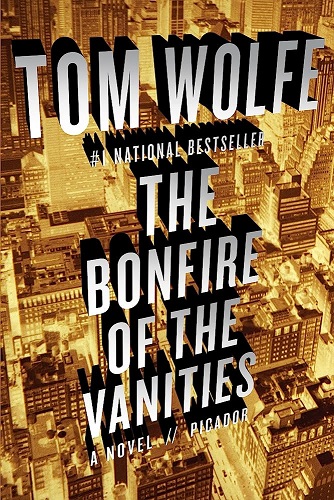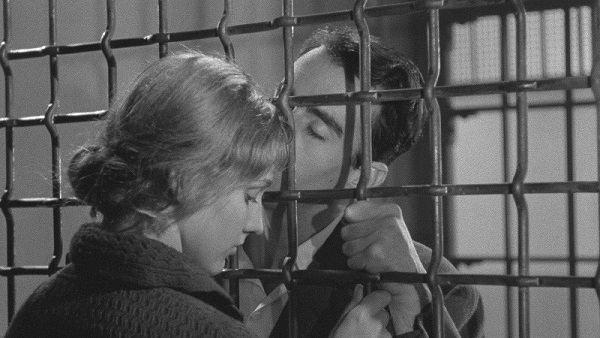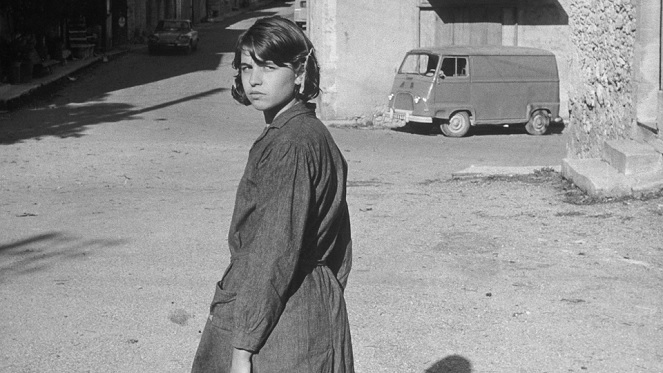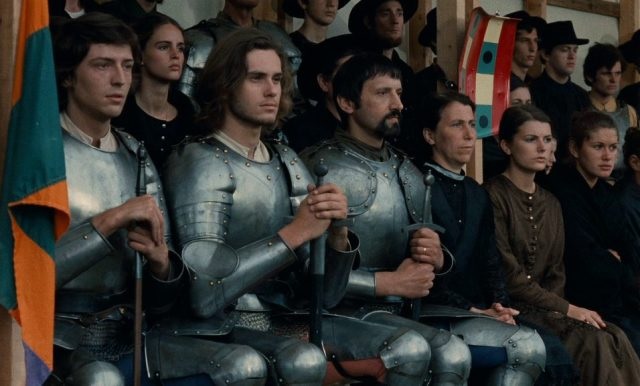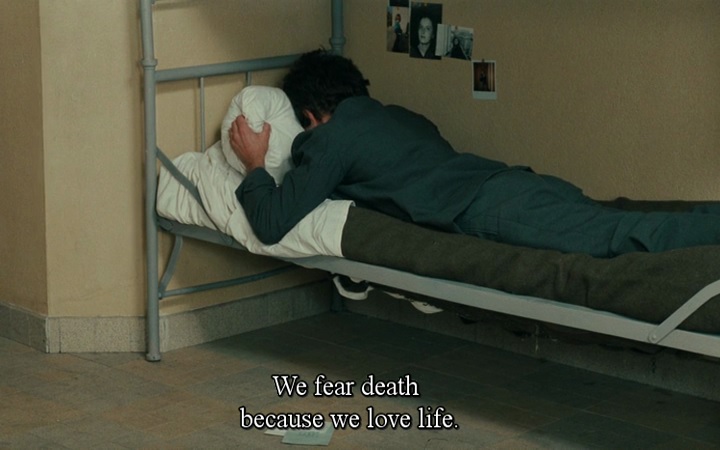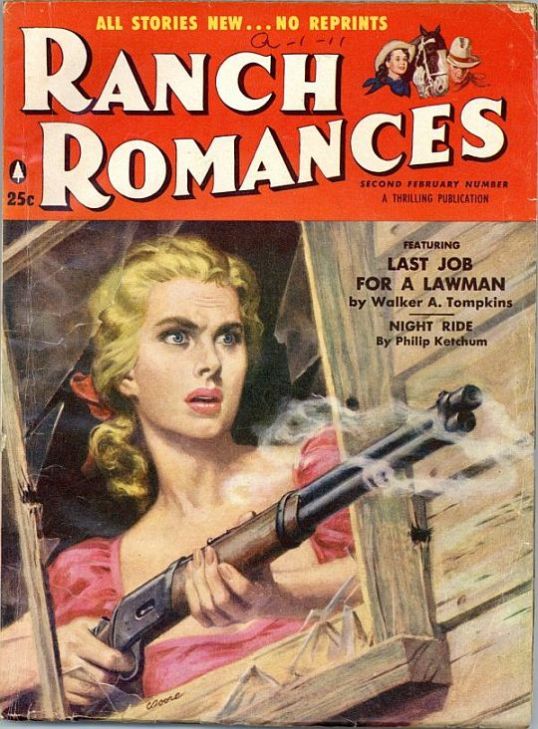“Sex isn’t the only thing I care about. It’s just that I’ve always imagined myself falling in love with someone …. who’s alive. I know that may sound strange to you, but it’s just the way I was brought up.”
Sometimes, it just takes one line to transform a mere bad movie into a masterpiece of weirdness and that’s certainly what happens in 2003’s Julie and Jack when Jack Livingston (Justin Kunkle) attempts to explain why he’s having trouble with the idea of committing to Julie Romanov (Jenn Gotzon). Jack is a computer chip salesman who has been unlucky in love until he joins CupidMatchmaker.Com and meets Julie Romanov. He quickly falls in love with Julie, despite the fact that she refuses to tell him anything about her past and he never meets her in person. Instead, they spend their time walking around a virtual reality recreation of San Francisco.
Why is Julie so sensitive? Well, Julie is not exactly alive. When she was among the living, she was a brilliant computer programmer but, when she found out she was dying of a brain tumor, she managed to transfer her mind into the Internet. Her body may be dead but her mind and her personality live on, haunting dating websites. When Jack discovers the truth about his new girlfriend, he has to decide if he can be in love with someone with whom he can never have sex.
(It never seems to occur to either Jack or Julie that there also might be issues involved with someone having a relationship in which one person who is no longer among the living and will never age while her partner gets older and closer to his own death.)
It’s pretty dumb but it’s also so earnest and stupidly sincere that it’s kind of hard not to like it. Julie and Jack was the directorial debut of James Nguyen, who went on achieve a certain cinematic infamy with the Birdemic films. Just as the Birdemic films seemed to sincerely believe that they had something important to say about environmentalism, Julie and Jack has similar delusions of grandeur, with the main difference being that the message of Julie and Jack is a bit more heartfelt than Birdemic’s Al Gore-inspired preachiness.
The film has all of the things that we normally associate with James Nguyen’s work. The pointless driving scenes, the meandering travelogue shots of San Francisco, the scenes were everyone in a boardroom applauds, they’re all here with Nguyen’s other trademark obsessions. Because it’s not a Nguyen film without a reference to Hitchcock, Tippi Hedren has a cameo appearance as Julie’s mother and, of course, Nguyen includes a scene in which she talks about how much she loves birds. Do you think Hedren ever got tired of directors telling her to react to birds? I mean, she did make other films. Of course, other than Marnie and Roar, I can’t really think of any of them right now….
Anyway, Julie and Jack is silly and dumb and visually, it looks like a community college student film. At the same time, it’s so sincere and so cheerfully clueless about its inability to be the thought-provoking and mind-bending love story that it wants to be that I can’t help but like it a little. It’s a film that tries very, very hard and it’s difficult not to appreciate, on at least some level, the effort.
Previous Guilty Pleasures
- Half-Baked
- Save The Last Dance
- Every Rose Has Its Thorns
- The Jeremy Kyle Show
- Invasion USA
- The Golden Child
- Final Destination 2
- Paparazzi
- The Principal
- The Substitute
- Terror In The Family
- Pandorum
- Lambada
- Fear
- Cocktail
- Keep Off The Grass
- Girls, Girls, Girls
- Class
- Tart
- King Kong vs. Godzilla
- Hawk the Slayer
- Battle Beyond the Stars
- Meridian
- Walk of Shame
- From Justin To Kelly
- Project Greenlight
- Sex Decoy: Love Stings
- Swimfan
- On the Line
- Wolfen
- Hail Caesar!
- It’s So Cold In The D
- In the Mix
- Healed By Grace
- Valley of the Dolls
- The Legend of Billie Jean
- Death Wish
- Shipping Wars
- Ghost Whisperer
- Parking Wars
- The Dead Are After Me
- Harper’s Island
- The Resurrection of Gavin Stone
- Paranormal State
- Utopia
- Bar Rescue
- The Powers of Matthew Star
- Spiker
- Heavenly Bodies
- Maid in Manhattan
- Rage and Honor
- Saved By The Bell 3. 21 “No Hope With Dope”
- Happy Gilmore
- Solarbabies
- The Dawn of Correction
- Once You Understand
- The Voyeurs
- Robot Jox
- Teen Wolf
- The Running Man
- Double Dragon
- Backtrack





